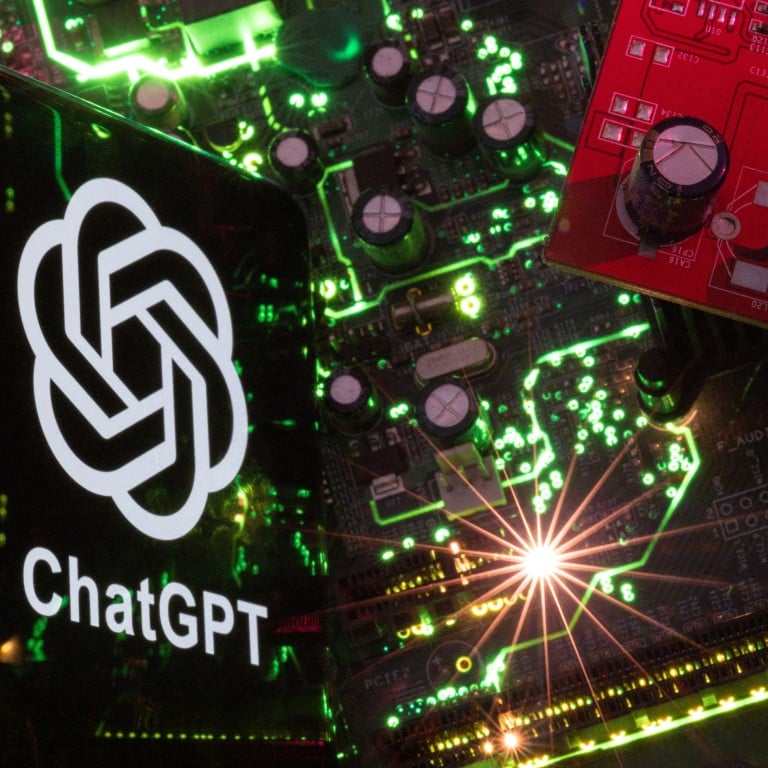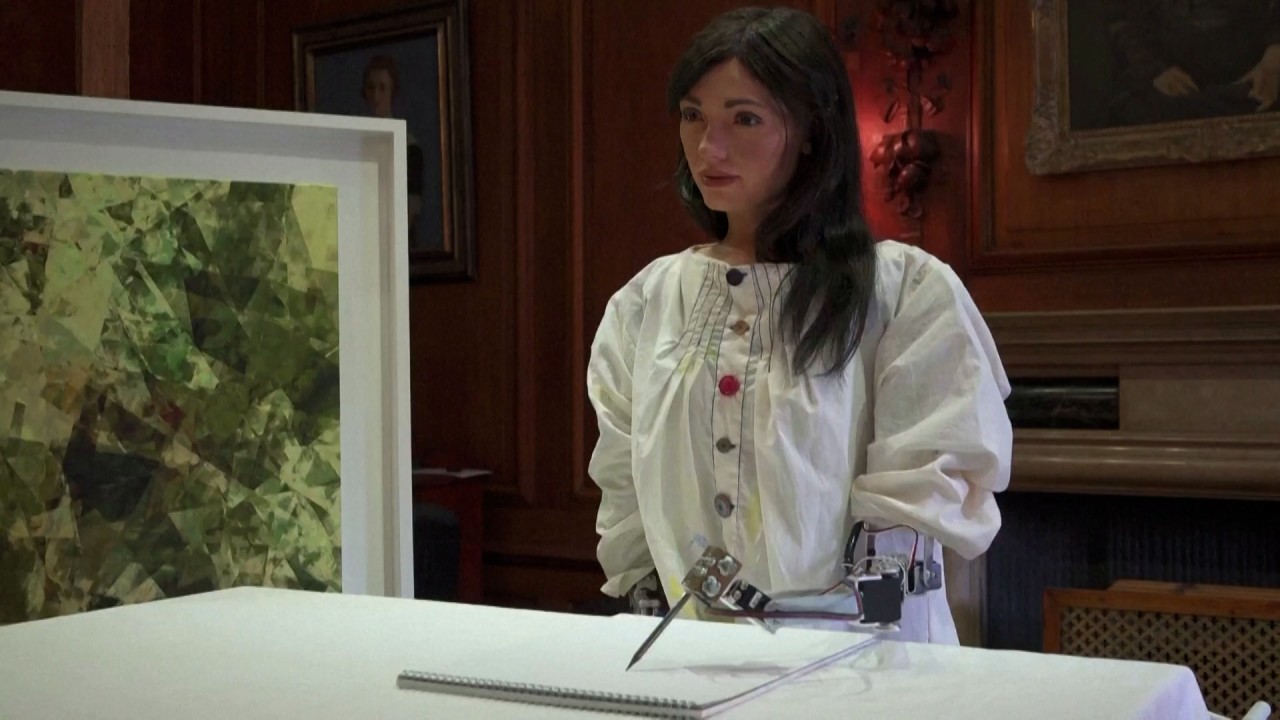
As ChatGPT unveils latest model, Chinese AI developers worry about keeping up
- The new version, called GPT-4, scores better than 90 per cent of humans on a bar exam and the SAT university entrance exam
- Observers say China risks falling behind in ‘winner-takes-all’ tech race
OpenAI released a new version of ChatGPT on Wednesday that has left the older model in the dust – and the Chinese AI community more worried than ever.
For example, it scored better than 90 per cent of human test takers on a simulated bar exam, compared with the previous GPT-3.5 version, which scored in the bottom 10 per cent.
GPT-4 also scored 710 points on the reading and writing section and 700 points on the mathematics section of the SAT, putting it in the 96th percentile among 1.7 million US students taking the university entrance exam.
“The super long acknowledgement list in the GPT-4 technical report seems to tell us that this is the achievement of an ‘army’ after several years of hard work with leaders that know how to dream,” said Zhao Junbo, a professor at Zhejiang University.
“[Chinese developers] may have significant gaps in engineering and hardware compared with OpenAI.”
“From scale to the effect of large language models, Chinese companies are falling behind OpenAI. ChatGPT is taking the lead both in completeness of answers and reply speed,” said an anonymous AI company founder quoted by DI Frontline, a Chinese media platform focused on tech-related news.
“[Although] still limited in many ways, [GPT-4] passes many qualification benchmarks like the bar exam and AP Calculus,” said OpenAI president Greg Brockman on Twitter on Wednesday.
Baidu to launch its answer to ChatGPT in shadow of OpenAI’s upgraded GPT-4 model
“ChatGPT is the newest generation of methods for humans to retrieve knowledge, after the invention of databases and search engines, and will give birth to a new tech giant,” said Che Wanxiang, a professor at Harbin Institute of Technology in northeastern China.
“How knowledge is represented inside a computer is one of the core issues of artificial intelligence,” Che told a forum in Beijing last Sunday.
He explained that databases were one of the first methods created for humans to interact with machines, which spawned companies such as Oracle and Microsoft.
Then, after the internet grew to hold all human knowledge, search engine companies like Google and Baidu were born, he said.
“Now it is the era of large language models. Knowledge is stored as parameters that humans don’t understand, but we can access them through natural language. It seems that OpenAI has a clear lead and has the potential to become the new champion.”
The US company released its GPT-3 model in 2020, but it did not receive much attention until ChatGPT went viral late last year.
Che said ChatGPT solved the problem of how to retrieve knowledge in an unprecedented way.
GPT-4 goes a step further in solving this problem. According to OpenAI, the new model has a strong ability to recognise pictures, and its text input limit has been increased to 25,000 words. It can also generate lyrics, creative text and make style changes.
GPT-4 scored 40 per cent higher than GPT-3.5 on a series of questions designed to trick it, according to OpenAI, which has yet to publish the training parameters for the AI model.
The new model also has better logical abilities than its predecessor, with the ability to explain memes, read comics, summarise scholarly papers and answer questions about them.
Researchers continue to find new tasks for the model, and the limitation seems to be the human imagination rather than the AI’s capabilities.
China is playing catch-up in a ChatGPT world, Chinese lawmaker says
China has thrown its support behind AI development.
On February 24, Chen Jiachang, head of the department of new and high technology under the Ministry of Science and Technology, said the ministry would “continue to give strong support to artificial intelligence as a strategic emerging industry and a new growth engine”.
Market Hubs, an integrated marketing company in Hong Kong, announced on Wednesday the launch of its AI product Market Hubs Lite. It uses robots to write press releases, speeches, social media posts and text for customer service interactions and search engine optimisation.
Many companies have entered the competition to build the Chinese version of ChatGPT. The Beijing Academy of Artificial Intelligence has developed the world’s largest pre-trained language model, dubbed Wudao 2.0, and tech giant ByteDance is working on its DA-Transformer model.


